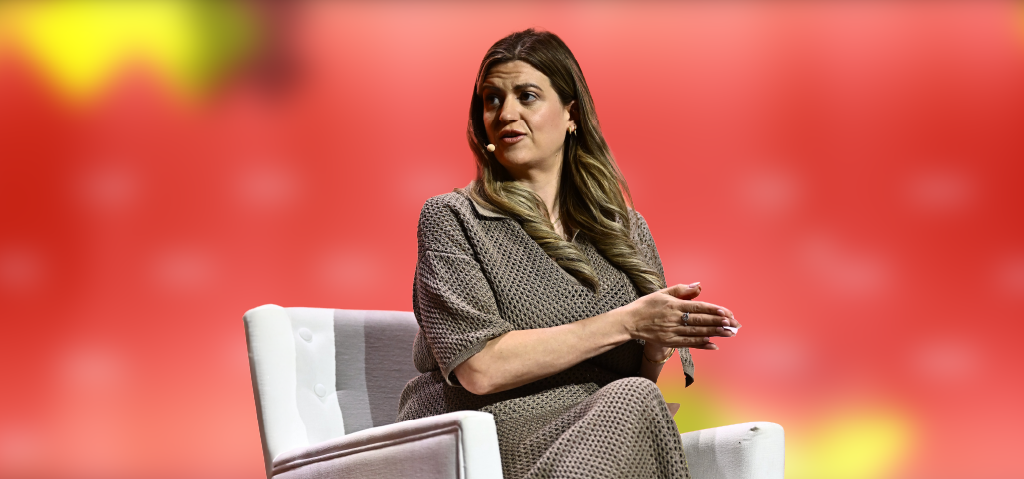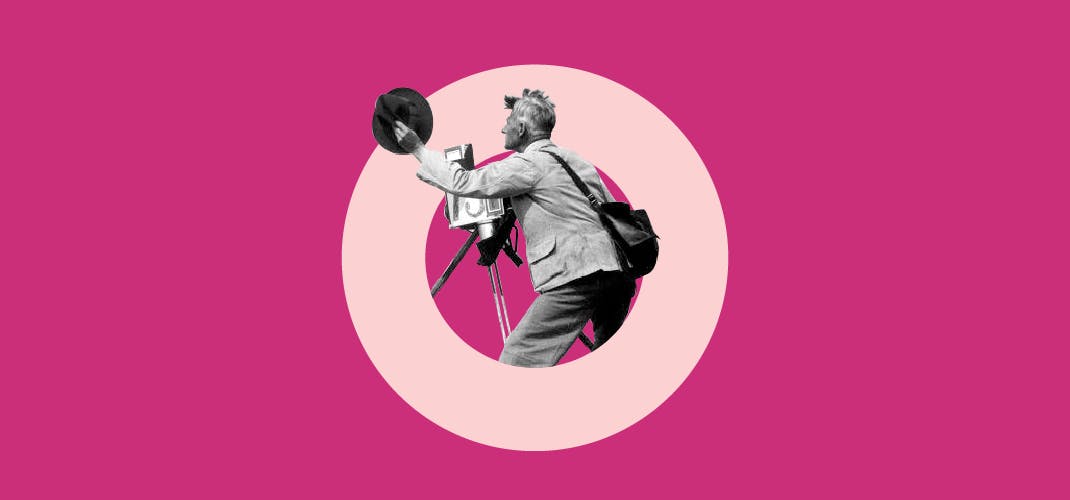
The power of citizen grassroots journalism in a digital age

In an era of misinformation and marginalisation, how can creators responsibly use their platforms to drive authentic social change?
As someone on the frontlines of activism, podcaster
and civil rights activist DeRay Mckesson offers
hard-won insights on the power and pitfalls
of modern media. DeRay rose to prominence
organising protests in Ferguson, Missouri, following
the shooting dead of Black teenager Michael Brown
by a police officer in 2014.
The creator of Pod Save The People explained
how, at the time, Twitter (now X) enabled real-time
organising: “I could tweet ‘be at the corner of so and
so’ and 3,000 people would come.
“By the time that police figured it out, it’s like, we’d
already done the thing.”
“Critical mass never begins at 100; it always begins at one or two.”
– DeRay Mckesson, podcaster and civil rights activist
However, today’s fragmented social media
landscape poses new challenges. DeRay tries to
carefully vet sources, but admits “it’s now harder to
separate truth from fiction”.
DeRay pointed to how, in 2014, activists relied on
makeshift tools including (now defunct) Vine to share
snippets of protests. But viral video in a TikTok era
seems to be less about breaking news or citizen
journalism and more about dance trends or life hacks.
And the incessant quest for virality means
misinformation now spreads rapidly. As the
podcaster bluntly stated, “people will post things
because they want a million likes”.
How can would-be changemakers find a voice
across platforms that seem, at times, filled with
clickbait nonsense? Effective activism requires
simplifying language to make concepts resonate
more broadly, advised DeRay. The civil rights activist
avoids arguable inflammatory anti-police rhetoric by
relating issues of excessive force to children.
As DeRay explained, “Do you need a person with a
gun to tell a 10-year-old to stop screaming? Do you
need a person with a gun to tell a kindergartener to
sit down? You don’t”.
It can seem like an uphill battle in the face of
growing alt-right voices and hate speech on
platforms such as X, but journalists and creators
who want to make a difference must speak out, said
the podcaster.
“Remember that somebody’s always watching and
somebody’s always listening.”
Recalling the early days of organising meetups in
Ferguson living rooms, DeRay noted that “critical
mass never begins at 100; it always begins at one
or two”. But even isolated voices can precipitate big
change when amplified at the right moment.
To get more digital marketing tips and expertise, download our full Marketing and media insights report here.
Main image: A black and white vintage image of what appears to be a photojournalistWeb Summit

